Public Health Science | Parents need to pay attention-respiratory syncytial virus infection is coming again!
Recently, another virus began to wreak havoc, that is, respiratory syncytial virus. Recently, many children with bronchitis, asthmatic bronchitis, bronchiolitis and bronchopneumonia were treated in the pediatric clinic and ward of the Public Health Center, and the culprit-respiratory syncytial virus was found!
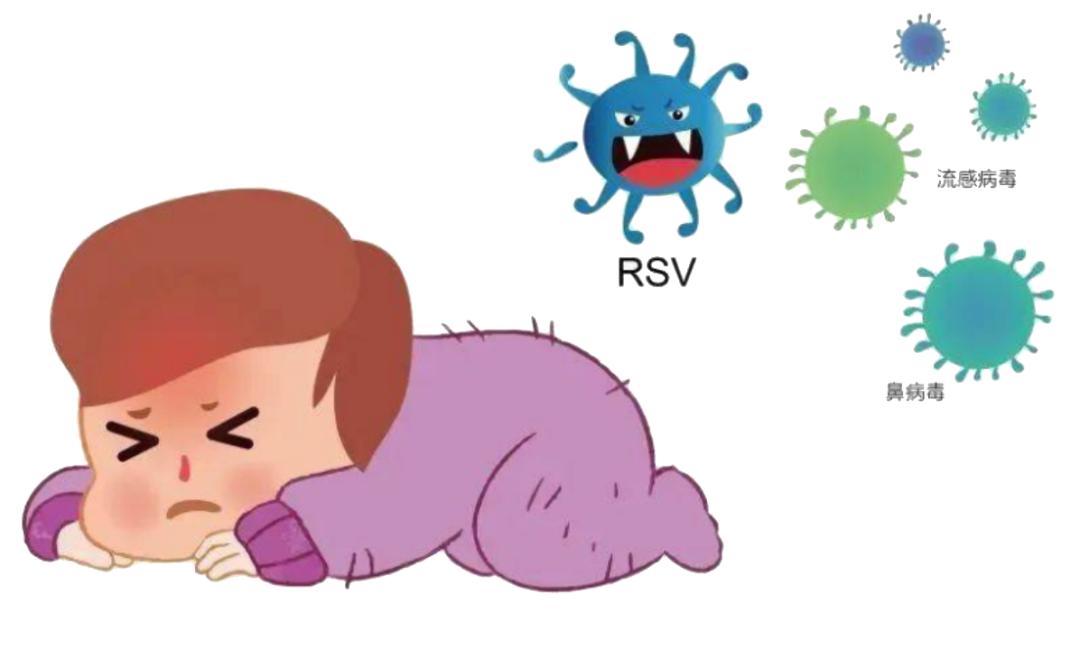
What is respiratory syncytial virus?
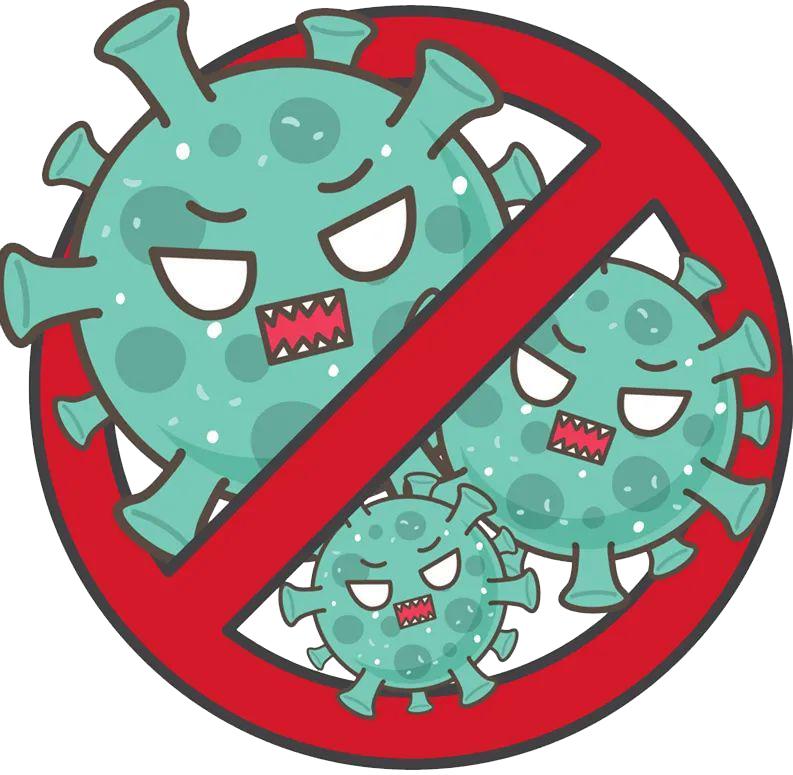
Respiratory syncytial virus (RSV) is the most important virus pathogen that causes acute lower respiratory tract infections (ALRTI) in children under 5 years old worldwide. Almost all children have had at least one RSV infection before the age of 2.
RSV is an RNA virus, and the dominant virus strains mutate every year, which is easy to be repeatedly infected. It is highly contagious, mainly transmitted through coughing and droplets and close contact (such as touching and kissing infected people), and can survive in vitro for several hours on contaminated desktops and toys. And not only people of all ages are susceptible to it, but it can’t be prevented by vaccines, which makes people hard to prevent.
RSV is a seasonal epidemic virus. In the north of China, it is mainly prevalent from November to April of the following year (mostly in January and February). In the warm and humid south, the incidence rate is relatively high all year round, but it is relatively higher in summer and autumn.
RSV infection is the primary cause of hospitalization of infants with viral respiratory tract infection, which seriously endangers children’s health, especially for premature infants and infants with congenital heart disease or primary immunodeficiency.
RSV infection is the most easily involved in respiratory system, and its main mechanism is airway obstruction, bronchial smooth muscle spasm and subsequent airway hyperresponsiveness, and its clinical manifestations are mostly cough, wheezing and fever.
RSV is mainly transmitted through nasopharyngeal mucosa or ocular mucosa contacting with virus-containing secretions or pollutants. Direct contact is the most common route of transmission, but droplets and aerosols can also cause transmission, so hand washing and contact protection are important measures to prevent transmission.
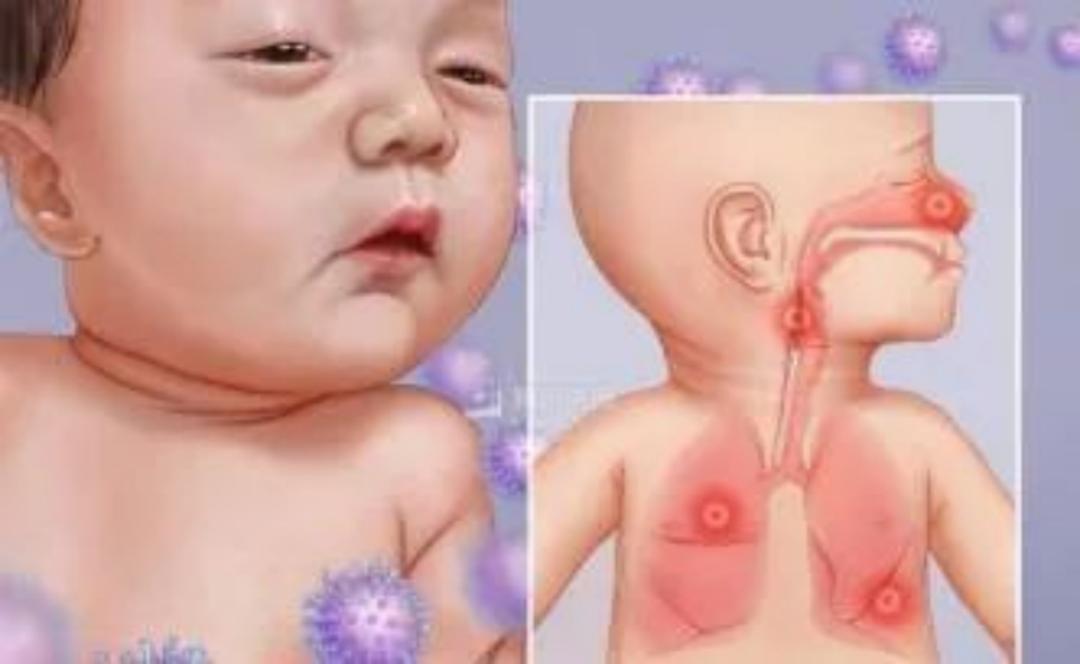
What are the symptoms of RSV infection?
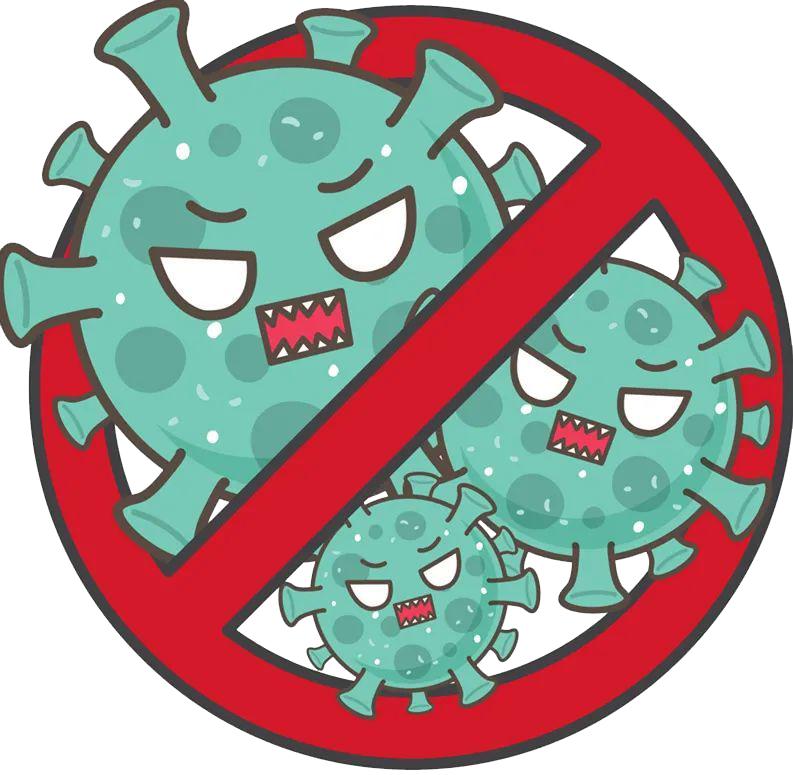
The incubation period of RSV infection is generally 2~8 days, and symptoms usually appear after 4~6 days of infection.
After most healthy children are infected with RSV, the mild symptoms and early symptoms of infection are similar to the common cold, with symptoms such as nasal congestion, cough, sneezing, runny nose and low fever.
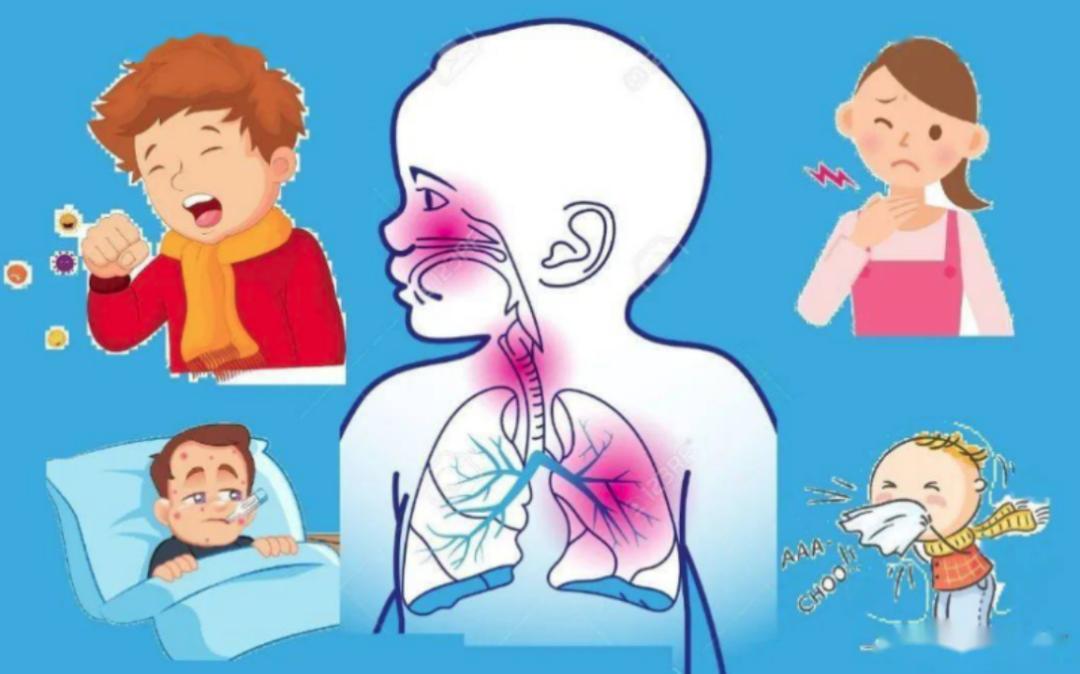
With the development of the disease, severe cases will have dyspnea or shortness of breath, wheezing, irritability, loss of appetite, and even respiratory failure and heart failure.
Especially for premature infants or children with severe heart disease, lung disease and abnormal immune function, it is very dangerous to be infected with RSV. In addition, RSV is the main pathogen of pneumonia and bronchiolitis in infants before 2 years old (2~6 months old is the peak age of bronchiolitis), so parents should never take it lightly.
RSV is self-limited. For children with normal immune function, family care can be done when mild infection occurs, such as feeding the baby a small amount of water many times, using a humidifier properly, dropping a little physiological saline into the baby’s nasal cavity, and sucking with a nasal aspirator after a few minutes to help the baby discharge secretions from the nasal cavity.
Note: If the symptoms are serious, you must go to the hospital in time if the following symptoms appear:
1. Body temperature > 38.5℃, and it does not go back repeatedly;
2. The baby is fidgety, crying and has a poor mental state;
3. The baby’s appetite is greatly reduced or refuses to eat, and dehydration is observed;
4. The suction frequency is greater than 60 times per minute;
5. Dyspnea, shortness of breath, (observed that the baby’s nostrils are open and breathing hard, and the muscles under the ribs or chest are depressed inward, etc.) (as shown below);
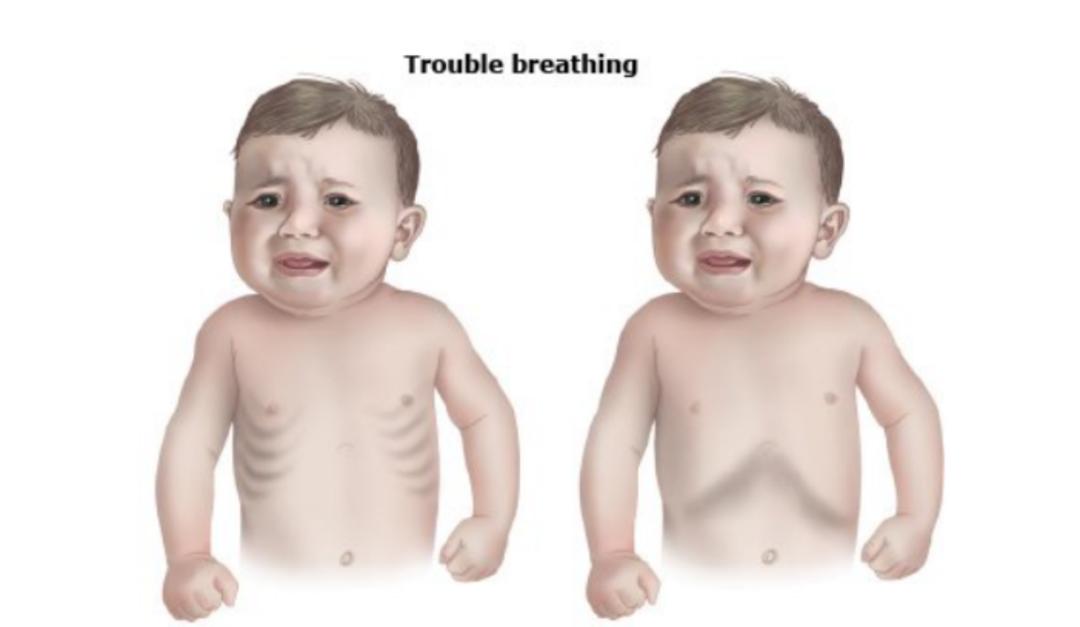
How to treat RSV infection?
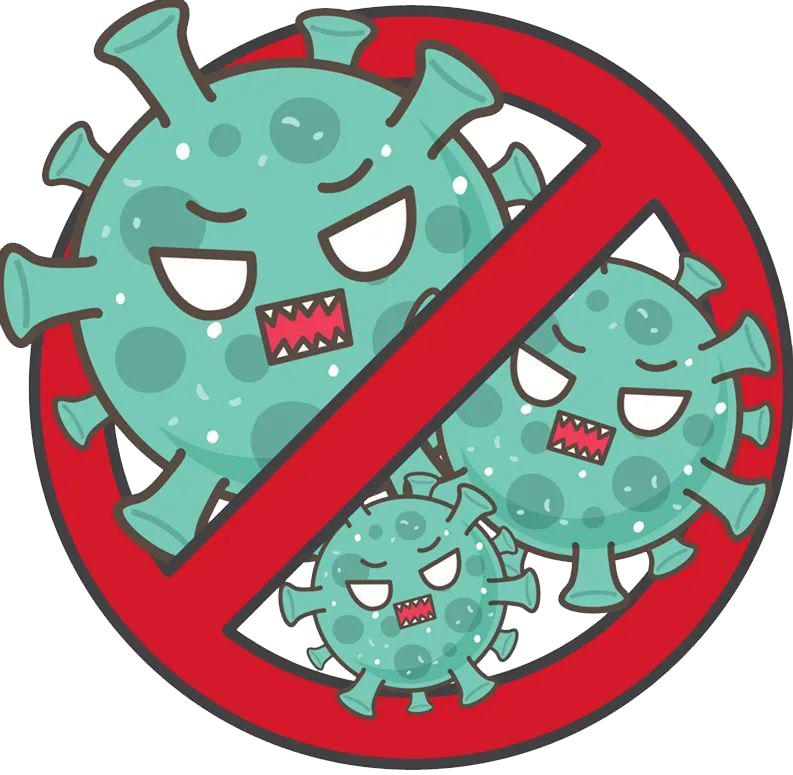
There is no specific medicine at present. Clinically, symptomatic support treatment is usually adopted, with isolation nursing and symptom relief as the main methods.
○ What should I do if my baby has a fever?
If the baby’s temperature is above 38.5℃, the high fever persists and there are uncomfortable symptoms, you can take ibuprofen or acetaminophen orally.
○ What about coughing and runny nose?
If the baby has cough and runny nose, parents are not advised to use cold medicine, cough medicine or antibiotics at home without authorization. Instead, it is recommended to consult a doctor and take the medicine according to the doctor’s advice to prevent other adverse reactions.
Because RSV often invades the lower respiratory tract, unlike the general upper respiratory tract infection, parents must consult a doctor before taking the medicine!
○ Can I use antiviral drugs?
If it is a baby with severe RSV infection, antiviral drugs may be used, but they also need to be used according to the doctor’s advice.
○ Will there be sequelae?
Mild prognosis is good: babies with mild symptoms don’t have to worry after infection, and the prognosis is usually good.
Attention should be paid within 12 months: RSV is highly related to bronchial asthma, the most common chronic respiratory disease in children, especially when infants under 12 months are infected with RSV.
Studies have confirmed that children infected with RSV in infancy are four times more likely to have asthma or repeated wheezing in the future than those who are not infected, and severe lung function damage can last for more than 10 years. If most children are infected with RSV within one year of birth, they will be infected repeatedly for the next three years.
How to prevent RSV?

● Keep children’s hand hygiene: don’t rub your eyes and nose after going home, and wash your hands in time.
● Wear a mask in public places: remember to wear a mask in schools, hospitals, cinemas and crowded places without ventilation. If it is a baby who can’t adapt to masks, parents should keep a distance from others.
● Keep indoor air circulation: convection ventilation can be used when the air quality is good and the weather is warm; Ventilation for several times in cold weather, and the time is kept at about a few minutes; It is not recommended to open the window for ventilation when the air quality is poor.
● Reducing irritating gases such as second-hand smoke and formaldehyde in the environment can protect the immune function of the baby’s airway mucosa.

Official micro of public health center
Your family’s health consultant
Long press
Identify two-dimensional code
Original title: "Public Health Science | Parents need to pay attention-respiratory syncytial virus infection is coming again! 》
Read the original text